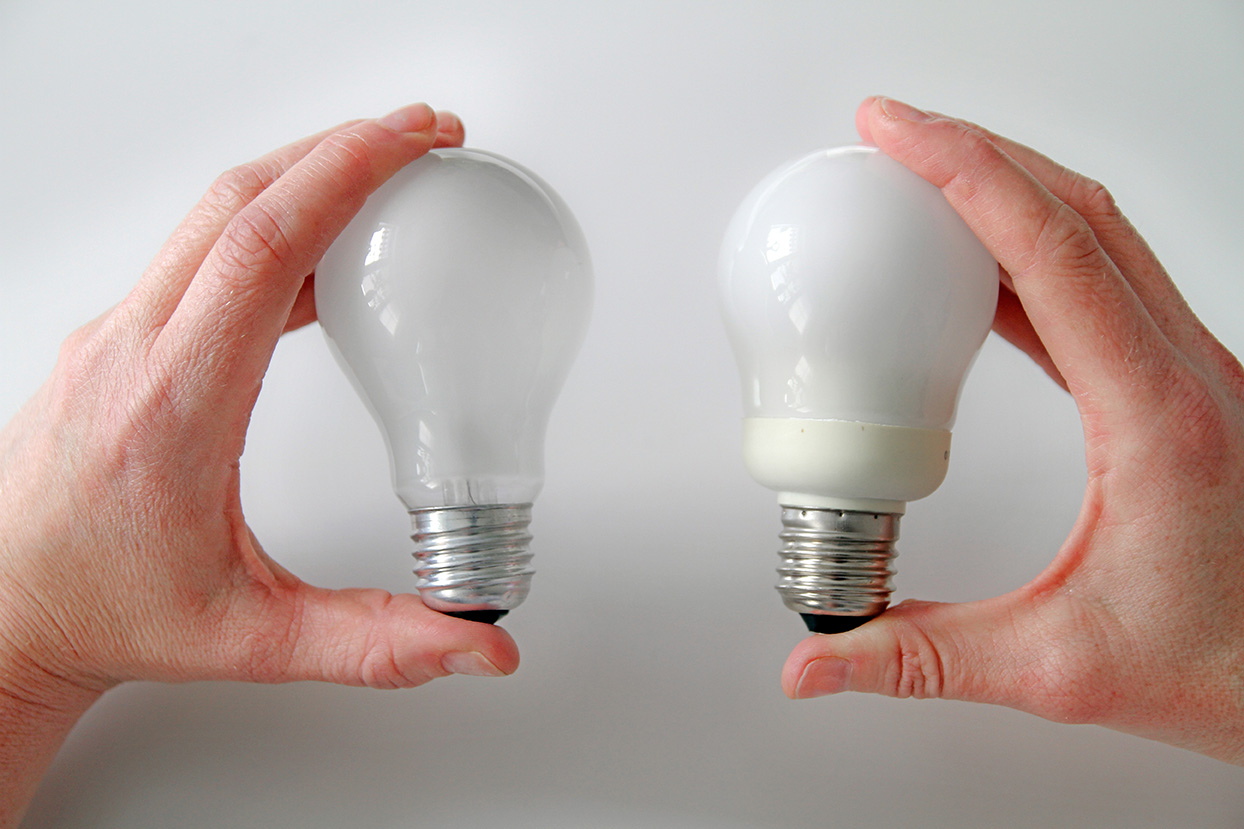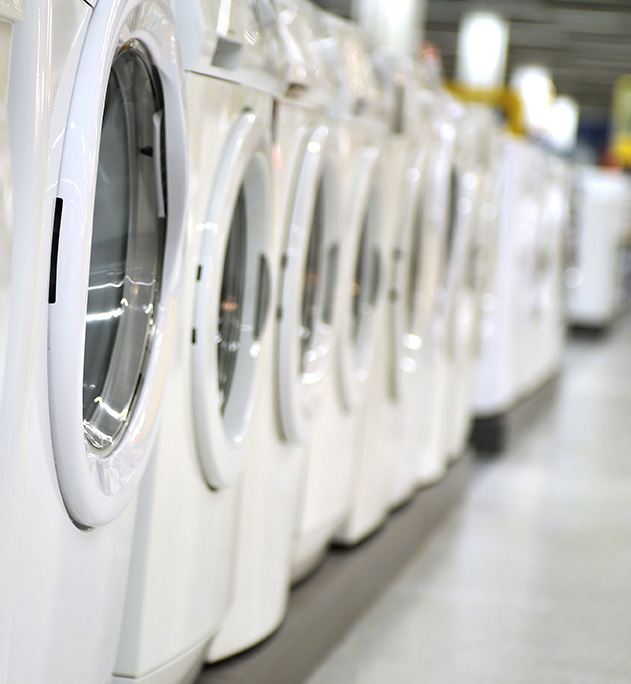
It is well known that humans have changed the climate, causing temperatures to rise as a result of increased greenhouse gas emissions. But the use of lighting and machines also contributes to global warming because these release energies directly into the atmosphere. Now a study has mapped this source of energy emissions on the global scale.
Human activity affects the amount of greenhouse gases being released into the atmosphere. Industries and transportation cause the biggest impacts, but land use also has a significant effect on carbon dioxide content in the atmosphere and on climate.
“For example, in an attempt to reduce local temperatures, Singapore counteracts heat build-up in the metropolitan area by growing plants on rooftops,” says Deliang Chen, professor of physical meteorology and a member of the United Nations’ Intergovernmental Panel on Climate Change (IPCC).
Machines and equipment alter the climate because the energy they consume dissipates into the atmosphere. Although this energy on average has much less impact on increases in the Earth’s temperature than greenhouse gas emissions, it has not been investigated on a global scale so far.
 “This may involve heating or cooling of houses and energy from washing machines, vacuum cleaners, dishwashers, lights and other appliances. So far, this direct energy emission has not been quantified on a global scale, nor has any detailed mapping of it taken place,” says Chen.
“This may involve heating or cooling of houses and energy from washing machines, vacuum cleaners, dishwashers, lights and other appliances. So far, this direct energy emission has not been quantified on a global scale, nor has any detailed mapping of it taken place,” says Chen.
Using a new method, he and his research colleagues have analysed existing data. Night illumination has been mapped via satellites, and the researchers have studied population density and analysed statistics on energy consumption.
“We have then been able to see how energy consumption has increased and been able to calculate how it is likely to increase in the future.”
By analysing these large amounts of data, the researchers have found that machines and equipment globally consume about three times as much energy as 50 years ago.
“This corresponds to slightly more than 10 per cent of the global energy addition caused by the anthropogenic greenhouse effect during the same period. But locally, energy consumption accounted for by machines and lighting can be much higher and give rise to large local temperature increases, as well as altered rainfall and winds.”
The study shows that some areas are particularly vulnerable. These are known as “hot spots” and are metropolitan areas with very high energy consumption.
The results of the study open up new opportunities to investigate the impact of direct energy use locally on the Earth’s climate.
 “At the same time, the study shows that all of us can and should contribute to reduced energy release.”
“At the same time, the study shows that all of us can and should contribute to reduced energy release.”
The article, titled “A new global gridded anthropogenic heat flux dataset with high spatial resolution and long-term series,” appears in Nature Research’s Scientific Data.
Link to article: https://www.nature.com/articles/s41597-019-0143-1
Contact:
Deliang Chen, professor at the Department of Earth Sciences, University of Gothenburg
Tel.: +46 (0)31-786 4813, E-mail: deliang@gvc.gu.se
Photo: Lamps, foto Michael Erhardsson (Mostphotos). Washing machines (Mostphotos). Portrait of Deliang Chen (University of Gothenburg).